| Simeon's song of praise. (Photo credit: Wikipedia) |
Verses 22-26 say this: “And when the
days of her purification according to the law of Moses were
accomplished, they brought him to Jerusalem, to present him to the
Lord; (As it is written in the law of the Lord, Every male that
openeth the womb shall be called holy to the Lord;) And to
offer a sacrifice according to that which is said in the law of the
Lord, A pair of turtledoves, or two young pigeons. And, behold, there
was a man in Jerusalem, whose name was Simeon; and the same man was
just and devout, waiting for the consolation of Israel: and the Holy
Ghost was upon him. And it was revealed unto him by the Holy Ghost,
that he should not see death, before he had seen the Lord's Christ.”
All of this was 40 days after Jesus'
birth, in accordance with the Old Testament law set forth in the
book of Leviticus, chapter 12 (Luke notes that Joseph and Mary took the option available to parents who could not afford a young lamb for sacrifice, another indication that this was a family of modest means). The second day of February is the
40th day after Christmas, thus is the date for remembering this
episode in the life of Christ.
Upon entering the Temple, Simeon saw
the baby Jesus, took him in his arms and prayed the prayer that has
become known as the Song of Simeon:
Lord, now lettest thou Thy servant
depart in peace, according to Thy word:
For mine eyes have seen Thy salvation,
Which Thou hast prepared before the
face of all people;
A light to lighten the Gentiles, and
the glory of Thy people Israel.
Of course, here we sing a version of
the Song of Simeon every Sunday after the sacrament of the altar.
This is known as the Nunc Dimittis (Latin for “Now you
dismiss...”).We have another reason to remember especially Luke
2:32, the verse that epitomizes the Epiphany theme of Christ as the
Light of the world. On Transfiguration Sunday, January 20, 2013, our
little flock decided to name itself Epiphany Lutheran Mission of La
Caramuca.
Here is the original
Greek text: φως εις αποκαλυψιν εθνων και
δοξαν λαου σου ισραηλ
Transliterating the Greek into the
English alphabet, we get “phos eis apokalypsin ethnon kai doxan
laou sou Israél.”
For a major portion of my life I
recited this as part of the Nunc Dimittis in good King James English:
“A light to lighten the Gentiles, and the glory of thy people
Israel.” That still resonates for me although, nowadays “lighten”
is no longer used very often in the sense of “enlighten” or
“illuminate.” Rather more in the sense of “make less heavy,”
as in, “Here, let me lighten your load.”
The Reina-Valera Bible's Spanish
translation renders it thus: “Luz para revelación a los gentiles,
y gloria de tu pueblo Israel.” Of course, “revelación” is
“revelation” in English. In the English-speaking world, the last
book of the Bible is called “Revelation” or “Revelations” or
sometimes “the Apocalypse of St. John.” In Spanish it is
“Apocalipsis.” The original word is ἀποκάλυψις,or
“apokalupsis.”
People frequently use the word
“apocalypse” as a synonym for the end of the world, because they
are dimly aware that the last book of the Bible talks about the end
of the world. There is even a genre of science fiction movie called
“post-apocalyptic” (about people who survive the end of the
world, at least as we know it). Think “Mad Max: Beyond
Thunderdome.” However, people who use the word, “apocalypse”,
in this way, usually do not understand what “Apocalipsis” says
about the end of the world, or that it does not deal only with the
end of the world. The three main points of the book may be summarized
in this way:
- Even as each of us are appointed to live on this earth for a certain amount of time, the earth itself will one day meet its end. But if we have faith in Christ, it should not matter to us whether we face the hour of our own death or the final day of the entire world. We have the promise of eternal life with Christ regardless.
- No matter what trials and tribulations we face in this life, even if it seems all is falling into chaos around us, God is in charge and His will shall prevail. Even as His angels guard and protect us until whatever purpose that God has for our lives has been fulfilled, His will keeps the earth spinning in its orbit, with the sun shining and the rain falling on the just and unjust alike, until the appointed hour of Christ's return.
- Those who refuse baptismal grace will find themselves without excuse or further opportunity to repent before the victorious Christ enthroned in judgment. Fair warning has been given.
The Greek word, apokalupsis, actually
means “an unveiling”, as in “to uncover” or “to lay bare.”
In New T.estament language, it means a. a disclosure of truth, or
instruction concerning divine things before unknown, especially those
relating to the Christian salvation, given to the soul by God
Himself, especially through the operation of the Holy Spirit. There
are only 18 occurrences of this word, in various forms, in the New
Testament. Because it implies that which was hidden has been made
visible to all the phrase in Luke 2:32 may be rendered, “a light
to lighten the Gentiles,” “a light to appear to the Gentiles”
or “a light for revelation to the Gentiles.”
The word, ἔθνος or “ethnos”
is the Greek root word from which we derive “ethnic” or
“ethnicity” (“etnía or “étnico” in Spanish). It often
used in the New Testament to mean people of non-Jewish background,
even non-Jewish Christians (Romans 11:13, 15:27 16:4 and Galatians
2:12), but sometimes in reference to the Jewish people themselves
(Luke 7:5, 23:2; John 11:48, 50-53, 18.35; Acts 10:22 and 24:2). It
also is translated as “the nations” or “all nations” (Matthew
24:9, 14, 25:32, 28:19; Mark 11:17, 13:10; and Luke 12:30).
On the other hand, λαός or “laos”,
is the word from which we derive “laity” or “laypeople”
(“laicos” in Spanish). It means “people”, but generally is used
in the Bible to mean “the people of God”. In the Septuagint
(first Greek translation of the Old Testament) and at times in the
New Testament it refers to Jews (Matthew 4:23, 13:15; Mark 7:6, Luke
2:10 and John 11.50) and also to the church, the community of
believers in Christ, both Jews and Gentiles (Hebrews 4:9, Revelation
18:4). Sometimes, but rarely, it means simply "the people" or "the crowds."
Like apocalypse, the word, “epiphany”,
these days is often misused. To many people it has come to mean
simply a moment of clarity. Some even speak of a “love
epiphany,” when someone realizes he/she has romantic feelings
for.someone else.
But for us, Epiphany is that moment
when the light of God's love break through the world's darkness in
the form of Christ, and especially when that light was first revealed
to “the nations” with the visit of the Magi to Bethlehem. Our
Lord's missionary charge to His church, “Go, therefore, and make
disciples of all nations....” (Matthew 28:19) is foreshadowed in
the words of Simeon, “A light for revelation to all nations.”
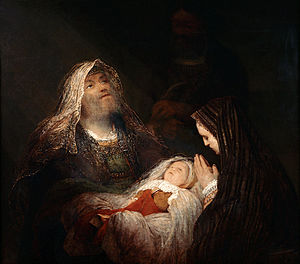



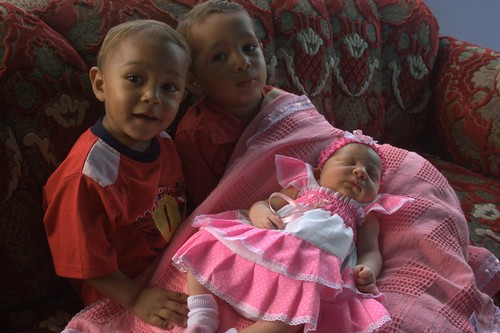

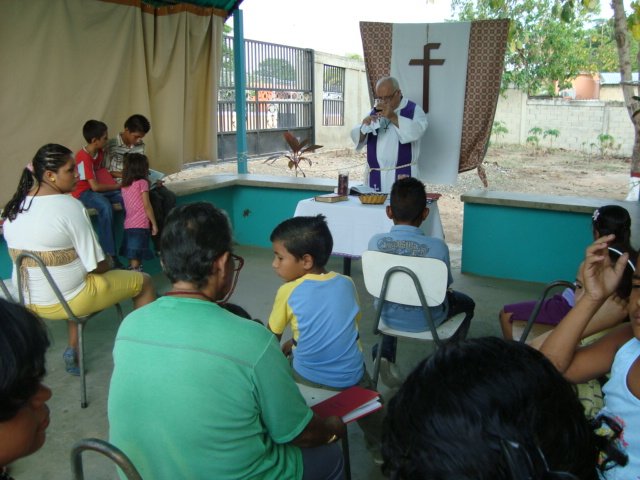

![Reblog this post [with Zemanta]](http://img.zemanta.com/reblog_e.png?x-id=b29f4622-4df4-489d-8ad9-ca9358a3eee2)





![Reblog this post [with Zemanta]](http://img.zemanta.com/reblog_e.png?x-id=150ac9e3-5190-4c37-8337-6e4564b64b15)
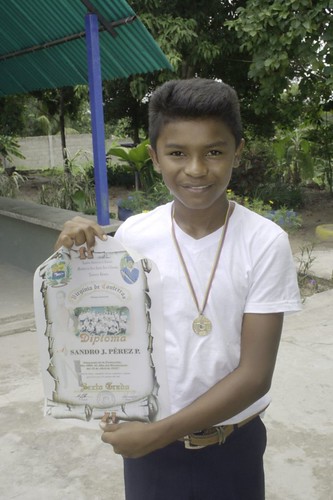
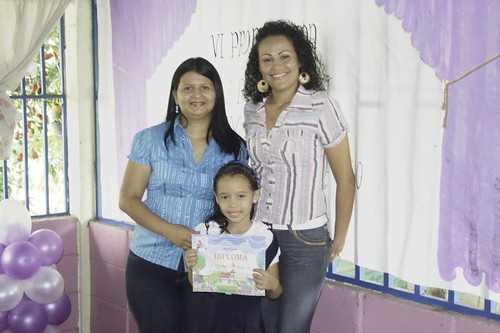
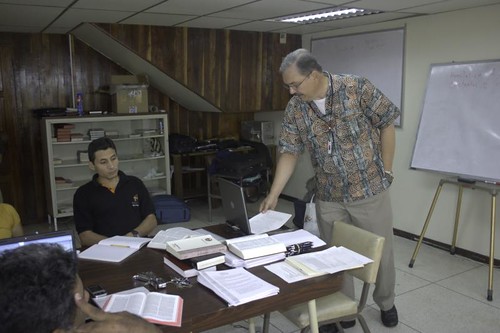
![Reblog this post [with Zemanta]](http://img.zemanta.com/reblog_e.png?x-id=806cdf2f-80cc-4106-b140-7305e17b6fe0)

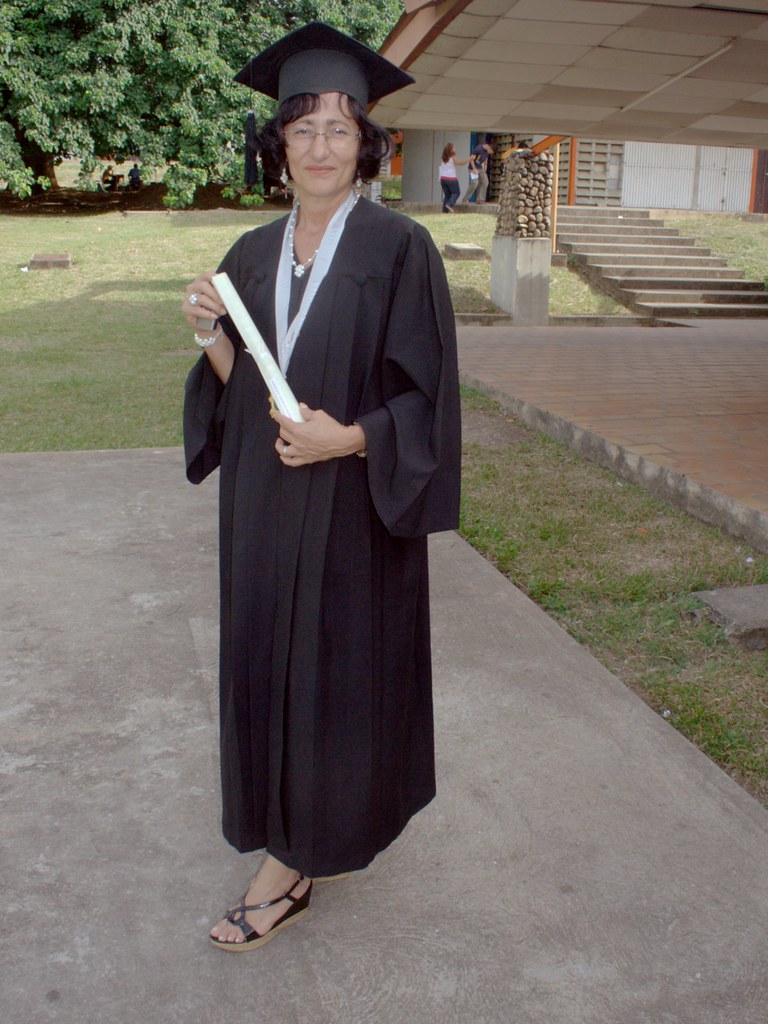
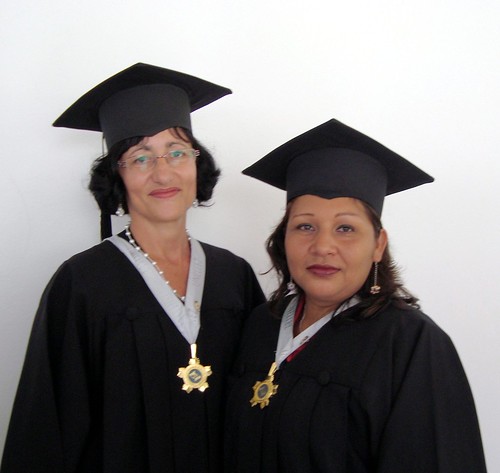
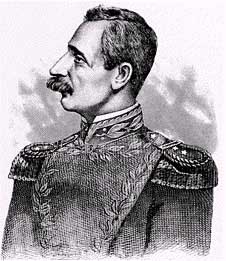

![Reblog this post [with Zemanta]](http://img.zemanta.com/reblog_e.png?x-id=d38176eb-d289-4fcf-9fe5-e5e34726a6c0)